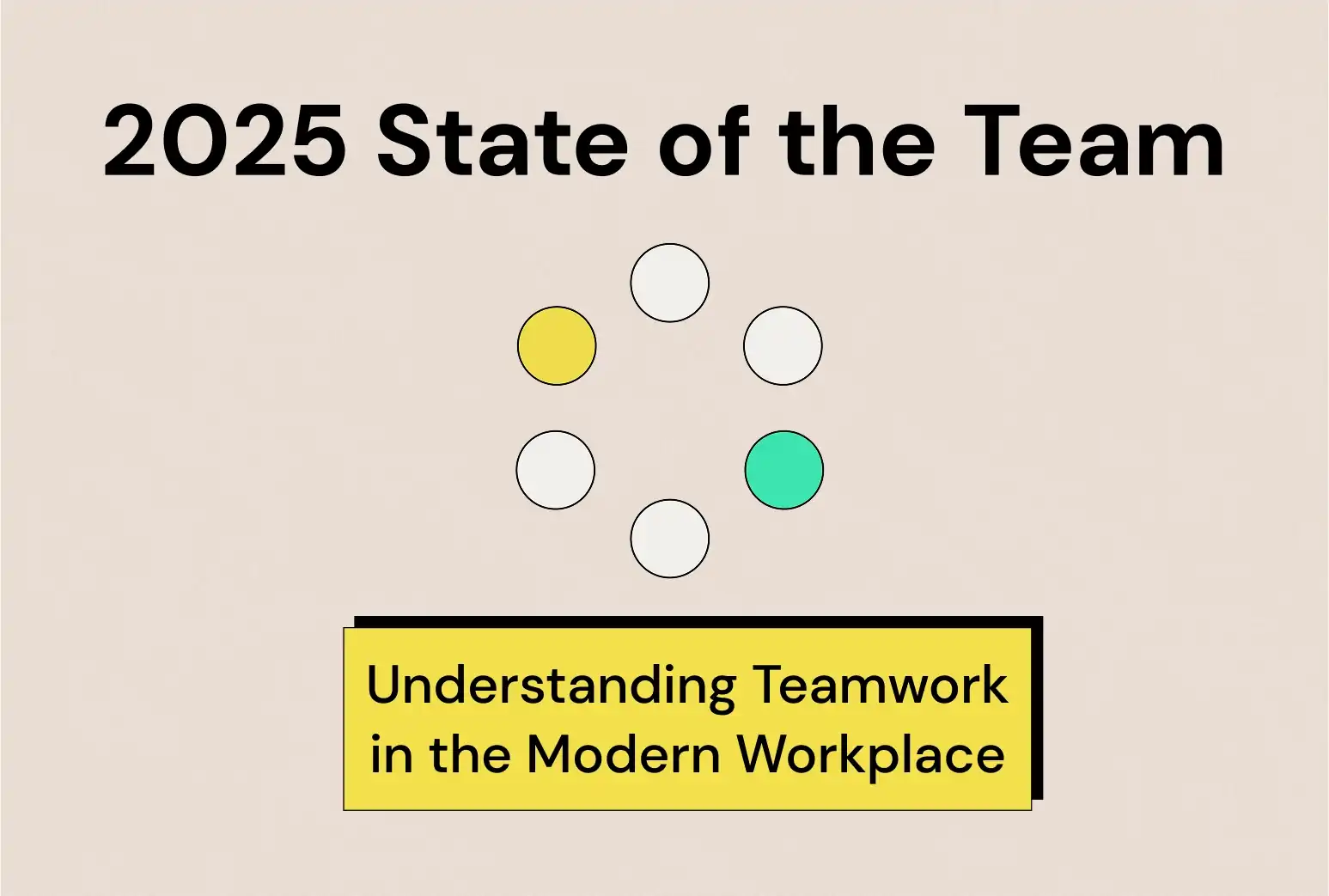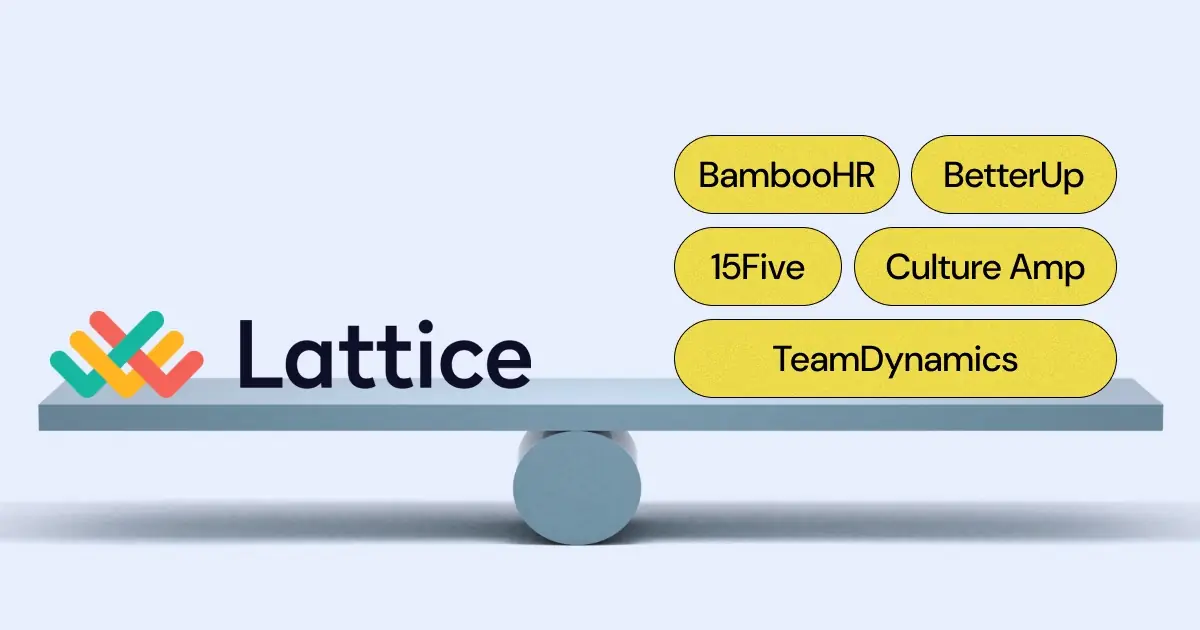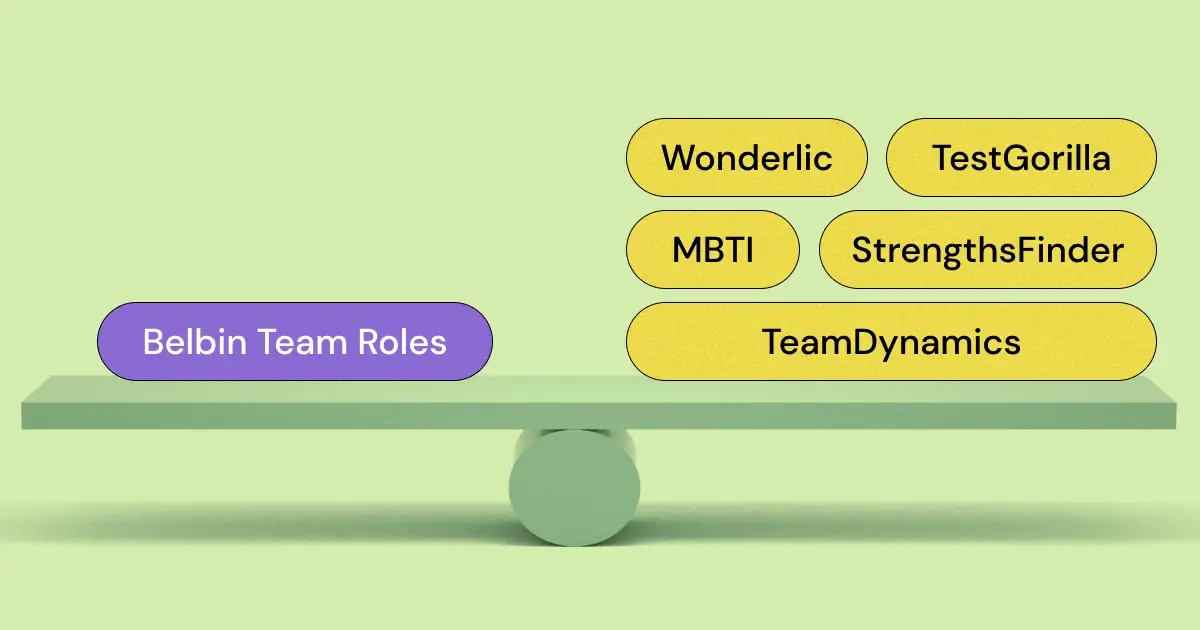If you’re aiming to elevate your team’s performance and foster a workplace culture that celebrates diversity, this guide is tailored just for you. DEIB—standing for Diversity, Equity, Inclusion, and Belonging—is more than just a set of buzzwords. It’s a crucial framework for nurturing a vibrant, innovative, and welcoming environment in any professional setting.
What is DEIB? Understanding Its Meaning and Impact
Let’s break down the DEIB meaning. Diversity refers to the range of human differences, including but not limited to race, age, gender, and cultural backgrounds. Equity is about ensuring everyone has access to the same opportunities, often requiring different approaches based on differing circumstances. Inclusion involves crafting a climate where all employees feel valued and fundamentally involved in the success of the organization. Lastly, Belonging is the feeling of security and support when there’s a sense of acceptance, inclusion, and identity for a member within a group.
Incorporating these elements isn’t just the right thing to do; it’s a strategic advantage. Companies that genuinely embrace DEIB principles are seen as pioneers, leading the charge in innovation and employee satisfaction. They outperform their peers and report higher levels of creativity, lower turnover rates, and better overall performance.
Learn about 10 techniques to fold cultural diversity into your team building activities.
Why does this matter? In today’s fast-paced, global market, a diverse and inclusive team is better equipped to anticipate customer needs, come up with new ideas, and tackle complex problems. Whether you manage a tech product team, a dynamic marketing group, a detail-oriented finance team, or a forward-thinking consulting firm, DEIB can be the cornerstone of your strategy for a thriving, competitive business.
As we dive deeper into how you can implement and benefit from these principles, remember: effective DEIB strategy is not a one-time check on your to-do list. It’s an ongoing commitment to growth, learning, and genuine understanding across your entire organization. Let’s explore how to bring this to life in your teams, ensuring that every member not only has a seat at the table but also a voice that is heard.
The Evolution of DEIB: Tracing Its Roots and Impact
The concepts of Diversity, Equity, Inclusion, and Belonging (DEIB) have deeply influenced modern workplaces, but their roots extend far back in history. Understanding this evolution helps us appreciate the depth and significance of these principles today.
From Civil Rights to Corporate Policies
The journey of DEIB begins in the broader context of civil rights movements that emerged globally throughout the 20th century. Initially focused on combating systemic racial discrimination and advocating for gender equality, these movements laid the foundational ideals of fairness and equal opportunities which later permeated corporate policies.
In the 1960s and 1970s, as these movements gained momentum, businesses began to recognize the importance of diversity as not just a moral imperative but a business one. The U.S. saw the introduction of affirmative action policies, which aimed to level the playing field for minorities and women in education and employment.
The 1980s and 1990s: Broadening the Diversity Agenda
As societal awareness increased, the concept of diversity expanded beyond race and gender to include age, disability, sexual orientation, and other forms of identity. The 1980s marked a shift with the advent of diversity training programs designed to address and reduce workplace prejudices. These programs emphasized not only the presence of diverse individuals but also the need for their voices to be heard and respected—setting the stage for the inclusion aspect of DEIB.
The 21st Century: A Focus on Inclusion and Belonging
With the turn of the millennium, the dialogue shifted from merely having diversity to actively fostering an inclusive environment. Companies began to understand that diversity alone does not guarantee that employees feel valued or engaged. This recognition led to the inclusion and belonging components, which focus on creating environments where all employees feel involved, respected, and connected.
The introduction of ‘Belonging’
The latest evolution in the DEIB framework is the concept of belonging, which has gained prominence over the past decade. Belonging takes the idea of inclusion one step further, emphasizing an emotional connection where employees feel secure, supported, and integral to the team and organization. It acknowledges that when employees feel a sense of belonging, they are more productive, motivated, and committed to the organization’s goals.
Today, DEIB is recognized as a comprehensive approach that not only enhances workplace culture but also drives better business outcomes. As organizations worldwide continue to embrace these principles, they contribute to a more equitable and inclusive society. Understanding the historical context of DEIB allows us to see it not as a trend but as a vital evolution in the way we think about work, fairness, and community in the global landscape.
The Business Case for DEIB: Why It Matters
As leaders and managers in the competitive world of business, understanding the full meaning and scope of DEIB is essential—not just as a moral imperative but as a strategic asset.
Research consistently shows that diverse and inclusive teams are not only happier but more productive and innovative.
Companies that excel in DEIB practices outperform their less diverse counterparts in profitability and value creation. These organizations are adept at drawing from a wide array of perspectives, which drives better decision-making processes and outcomes.
Real-World Success
Consider a tech giant that revamped its recruitment and management practices to prioritize diversity and inclusion. This shift not only enhanced their product innovation but also expanded their market share because their teams mirrored the diverse demographics of their global customer base. This isn’t an isolated case. Numerous studies link diverse work environments with enhanced creativity, reduced employee turnover, and greater profitability.
Customer Satisfaction and Employee Retention
A workforce that values equity and belonging naturally translates into better customer relations. Employees who feel valued and included are more likely to stay with a company, reducing turnover costs and building a more experienced, committed workforce. In turn, these teams deliver superior customer service, understanding and meeting the needs of a diverse client base more effectively.
In essence, embedding DEIB meaningfully into your company’s DNA allows you to tap into a rich pool of talent, ideas, and perspectives. Whether you’re leading a startup or a well-established corporation, the integration of DEIB can transform your organizational culture and set you up for a sustainable, competitive edge in today’s dynamic market.
As we continue, keep in mind that embracing DEIB is not just about fulfilling a quota or ticking a box. It’s about fostering an environment where every employee can thrive. Let’s explore how you can start this transformation in your teams to harness the full potential of DEIB.
Practical Tips and Tricks for Implementing DEIB in Your Organization
Successfully embedding Diversity, Equity, Inclusion, and Belonging (DEIB) into your organization requires thoughtful planning and proactive management. Here are actionable tips and tricks that can guide managers to not just implement DEIB, but make it a sustainable part of the company culture.
Looking for tips on creating a more inclusive team? Check out our guide for managers looking to bolster their team's inclusivity and diversity.
Assessment and Planning
Start by understanding where your organization currently stands regarding DEIB. Conduct surveys, focus groups, and interviews to gather insights about the current culture and practices. Use this data to identify areas for improvement and set clear, achievable goals.
Example: Before rolling out new initiatives, one tech company conducted an organization-wide survey to assess the baseline of employees’ perceptions and experiences concerning diversity and inclusion. The results helped shape a targeted DEIB strategy that addressed specific needs.
{{inline-cta}}
Training and Development
Effective training programs are crucial for deepening understanding and fostering acceptance. Develop comprehensive training that covers not just the basics of what DEIB is (explaining the DEIB meaning) but also how it benefits everyone in the organization. Ensure that training is mandatory for all levels of staff, from executives to entry-level employees.
Policy and Enforcement
Create clear policies that reflect your commitment to DEIB. These policies should not only focus on preventing discrimination and harassment but also on promoting equity in recruitment, promotion, and compensation practices. Establish transparent mechanisms for enforcing these policies and handling complaints.
Example: A finance firm revamped its recruitment and promotion policies to eliminate bias. This involved implementing structured interviews and standardized performance evaluations to ensure fairness and transparency in hiring and career advancement.
Feedback and Adaptation
DEIB initiatives should be dynamic, adapting over time as your organization evolves. Establish regular check-ins and updates on DEIB goals and policies. Encourage ongoing feedback from employees, and be prepared to make changes to your strategy based on what you learn.
Example: After implementing new inclusion policies, a marketing team held quarterly forums where employees could discuss the effectiveness of the initiatives and suggest improvements. This feedback loop was crucial for keeping the initiatives relevant and effective.
By following these practical steps, managers can foster a work environment where diversity is valued, equity is pursued, justice is integral, and everyone feels like they belong. Remember, DEIB isn’t a one-time project but a continuous commitment to growth and improvement. Embrace these principles wholeheartedly, and watch as they transform your organization into a more inclusive, innovative, and successful enterprise.
Leveraging DEIB to Enhance Team Dynamics
Understanding and applying the principles of Diversity, Equity, Inclusion, and Belonging (DEIB) is not just about meeting quotas or being politically correct. It’s about fundamentally enhancing the way your team operates, collaborates, and innovates. Here’s how you can leverage DEIB to positively impact your team dynamics and drive real business results.
Embrace Diversity for Broader Perspectives
Start by diversifying your team in every sense—culturally, demographically, and professionally. Diversity brings a variety of perspectives and experiences to the table, which can lead to more innovative solutions and better problem-solving.
Example: A product development team in a tech company incorporated members from different age groups and backgrounds. This diversity led to a richer pool of ideas, from which the most innovative features of their new product were born.
Promote Equity to Ensure Fairness
Equity in the workplace means making sure that all employees have access to the same opportunities and resources, which is crucial for maintaining motivation and morale. Assess your team’s needs and provide resources or support tailored to those needs, ensuring everyone can perform their best.
Example: An HR team implemented a mentorship program where less experienced employees were paired with senior leaders, ensuring that everyone had the same opportunity to learn and grow.
Foster Inclusion to Boost Engagement
Inclusion involves making sure that everyone on the team feels valued and important to the group’s success. Inclusive practices could include ensuring all team meetings provide an opportunity for every member to speak or contribute.
Example: During strategic meetings, a consulting team used a round-robin approach to ensure all voices were heard, which significantly improved engagement and satisfaction among team members.
Cultivate Belonging to Strengthen Bonds
A sense of belonging is the emotional outcome of a successful DEIB strategy. When team members feel they truly belong, they are more committed and less likely to leave the organization.
Example: A finance team celebrated different cultural days throughout the year, which not only educated the team on various cultures but also made members feel seen and appreciated.
Implementing these DEIB practices requires commitment and continuous effort. However, the payoff is substantial. By embracing the full meaning of DEIB, you create an environment where all employees can thrive. This not only enhances individual and team performance but also aligns with modern expectations of what a healthy, dynamic, and productive workplace looks like. Embrace these changes, and lead your team to greater heights.
Overcoming Challenges and Criticisms in DEIB Implementation
Implementing Diversity, Equity, Inclusion, and Belonging (DEIB) in your workplace is crucial, but it’s not without its challenges. Understanding these hurdles and preparing strategies to overcome them is key to successful DEIB integration. Let’s explore common obstacles and practical solutions.
Challenge: Resistance to Change
One of the most significant barriers to DEIB efforts is resistance from team members who may not see the immediate benefit of these initiatives. This resistance often stems from a lack of understanding or fear of change.
Solution: Education and communication are your best tools here. Host workshops and training sessions that clearly explain the DEIB meaning, its importance, and its direct benefits to each team member and the organization as a whole. Make these sessions interactive and engaging to facilitate better understanding and acceptance.
Challenge: Superficial Diversity Initiatives
Another common issue is the implementation of DEIB measures that are more about appearances than actual change. This can undermine the authenticity of your efforts and lead to skepticism and cynicism among employees.
Solution: Ensure that your DEIB initiatives are substantive and tied to real outcomes. Set clear, measurable goals and track progress regularly. Share these results with the team to demonstrate the tangible impacts of these initiatives, reinforcing their value.
Challenge: Lack of Leadership Commitment
Successful DEIB initiatives require strong support from the top. Without active leadership endorsement, these efforts can lack the necessary resources and seriousness to effect real change.
Solution: To secure leadership buy-in, connect DEIB goals directly to business outcomes such as improved team performance, higher employee engagement, and better customer satisfaction. Present data and case studies that highlight the tangible benefits of a robust DEIB strategy. Leadership should not only support but actively participate in DEIB programs.
Challenge: Insufficient Resources
DEIB initiatives often falter without adequate funding, staffing, and time allocation. Resources are crucial for training, workshops, and ongoing support activities.
Solution: Outline a clear budget and resource plan that demonstrates the return on investment of DEIB initiatives. Consider leveraging existing resources, partnering with external organizations, and prioritizing initiatives to ensure impactful implementation without overwhelming your budget.
Challenge: Inadequate Training
Training that only scratches the surface or fails to address the specific needs of an organization can leave employees feeling unprepared and skeptical about DEIB.
Solution: Develop comprehensive training programs that are tailored to your organization’s unique culture and challenges. Include scenarios and role-play exercises that reflect real-life situations employees might face. Regularly update training content to keep it relevant and engaging.
Challenge: Poor Measurement and Accountability
Without a system to track progress and measure outcomes, it’s difficult to know whether DEIB efforts are successful and where they might be falling short.
Solution: Establish clear metrics and benchmarks for DEIB success at the outset. These might include employee survey results, retention rates of diverse employees, or numbers of underrepresented groups in leadership positions. Regularly review these metrics and hold leaders accountable for making progress against them.
Challenge: Perceived Exclusivity
A common critique of DEIB initiatives is that they may unintentionally create feelings of exclusion among those who do not visibly belong to traditionally marginalized groups. Some employees may perceive these programs as preferential rather than equitable, feeling that the focus on diversity might sideline merit or create reverse biases.
Solution: Emphasize that DEIB efforts benefit all employees by creating a healthier, more dynamic, and more innovative workplace. Highlight examples and case studies where diverse and inclusive workplaces lead to better outcomes for everyone involved, not just underrepresented groups.
Challenge: Overemphasis on Diversity Numbers
Focusing too much on the metrics of diversity (such those concerning race, gender, or age demographics) can lead to tokenism, where the appearance of diversity is achieved without its deeper benefits. This can detract from the goal of creating truly inclusive environments where everyone feels valued.
Solution: Shift focus from mere numbers to the quality of engagement, inclusion practices, and the everyday experiences of all employees. Implement ongoing training and support that fosters genuine understanding and collaboration among diverse teams.
Challenge: Complexity and Cost
Implementing effective DEIB programs can be complex and costly, leading to criticisms about the allocation of resources, especially in organizations where budgets are tight. The broad scope of DEIB initiatives can also be daunting, causing some organizations to hesitate in their commitment.
Solution: Outline clear, measurable goals for DEIB initiatives and communicate the long-term benefits these efforts bring, such as improved employee retention, greater innovation, and expanded market reach. Consider phased implementations or starting with pilot programs to manage costs and complexity.
Challenge: One-Size-Fits-All Solutions
DEIB strategies can fall short when they are not tailored to an organization’s specific context. What works for a multinational corporation may not be suitable for a small startup, and vice versa.
Solution: Customize DEIB initiatives to fit the unique culture, size, and industry of the organization. Engage employees from all levels in the planning process to ensure that initiatives are relevant and effectively address the specific needs and concerns of the workforce.
Challenge: Lack of Authenticity
Sometimes DEI initiatives can come across as insincere or merely for show—a PR move rather than a true commitment. This skepticism can erode trust in the initiatives and the broader organizational values.
Solution: Leaders must demonstrate a genuine commitment to DEIB through consistent action and communication. This includes making DEIB considerations a part of decision-making processes and holding leaders accountable for progress.
Challenge: Tokenism
Sometimes, organizations might recruit a small number of people from underrepresented groups without genuinely fostering an inclusive culture, leading to feelings of tokenism.
Solution: Focus on holistic culture change rather than just numbers. Ensure that inclusivity permeates every level and function of the organization. Provide equal opportunities for all employees to contribute, advance, and lead.
Implementing DEIB is not just about adding diversity to your team; it’s about making every member feel valued and ensuring that equity and inclusion are embedded in all aspects of your organization. While challenges are inevitable, with the right strategies and commitment, they can be overcome to create a more harmonious and productive workplace. Remember, the goal is to not only bring diverse individuals together but to foster an environment where everyone thrives—a true reflection of DEIB’s meaning and purpose.
Embracing DEIB as a Core Organizational Value
As we conclude, let’s recap the transformative impact that fully embracing Diversity, Equity, Inclusion, and Belonging (DEIB) can have on your organization. DEIB is not just a policy or a program; it is an essential strategy for fostering a positive work environment and achieving superior business outcomes.
Summarizing the DEIB Meaning and Importance
DEIB is about more than creating a diverse workplace. It involves committing to equitable practices, ensuring that every team member feels included, and fostering a sense of belonging that empowers individuals to contribute their best.
Reflect on the Strategic Benefits
Organizations that successfully integrate DEIB principles don’t just do it because it’s the right thing to do; they see it as a strategic advantage. These companies benefit from increased creativity, better decision-making, improved employee retention, and stronger adaptability to change. Each of these elements contributes to a robust competitive edge in today’s dynamic market landscape.
Call to Action: Start a DEIB Audit
If you haven’t already, start with a DEIB audit in your team or company. Evaluate where you stand regarding diversity, assess the inclusivity of your policies, and identify opportunities to enhance equity and belonging. This proactive step will not only highlight areas for improvement but will also signal to your employees and stakeholders that you are serious about making meaningful changes.
{{inline-cta}}
Encourage Continual Learning and Adaptation
Finally, embrace the journey of continual learning and adaptation. DEIB is an ongoing process of growth and improvement. Encourage feedback, participate in open dialogues, and remain committed to making adjustments as needed. The goal is to build a culture where DEIB values are lived out daily, creating a thriving environment for all employees.
By embedding these values deeply within your organizational fabric, you prepare your workforce to meet the challenges of tomorrow with resilience and unity. Embrace DEIB, and watch your team and your company flourish.




.png)










































